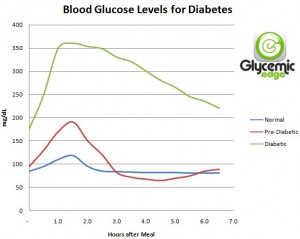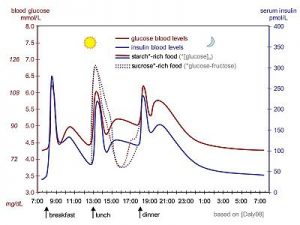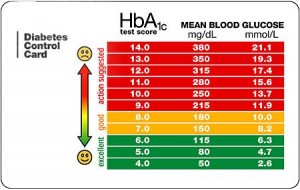Glucose Level after Eating

The glucose level after eating should be the chief concern of anyone with diabetes, and should be one of the most important tests associated with the disease.
In the world of medicine, the things that are considered normal are generally what are to be desired, however, upon close examination of the usual manner of establishing a fasting glucose to determine baseline blood glucose levels there is something decidedly abnormal in the test itself.
Normally the fasting blood glucose test is used to diagnose diabetes, but the manner in which the test is administered makes it abnormal when attempting to ascertain the glucose level after eating.
When a patient, or their physician thinks they may have some sort of glucose related abnormality the physician usually instructs the patient to fast from anything but water from midnight of the night before the fasting glucose test is to me administered. The patient arrives at the physician’s office and is given a solution containing a known amount of glucose to drink. The patient’s blood glucose level is then checked at intervals after the solution is taken to determine how well the body is metabolizing the glucose.
This is odd because in most cases the optimum amount of time that must pass between the last food intake is a full 8 hours, yet very few people go a full 8 hours without eating in their normal day to day life. Perhaps a better way to determine how well the body metabolizes glucose is to take the blood glucose reading around two hours after a meal. In a normal person the blood glucose level 2 hours after a meal should be no more than 140, and that normal glucose level after eating should be the target of the diabetic patient, regardless of what their “fasting” glucose level is.



